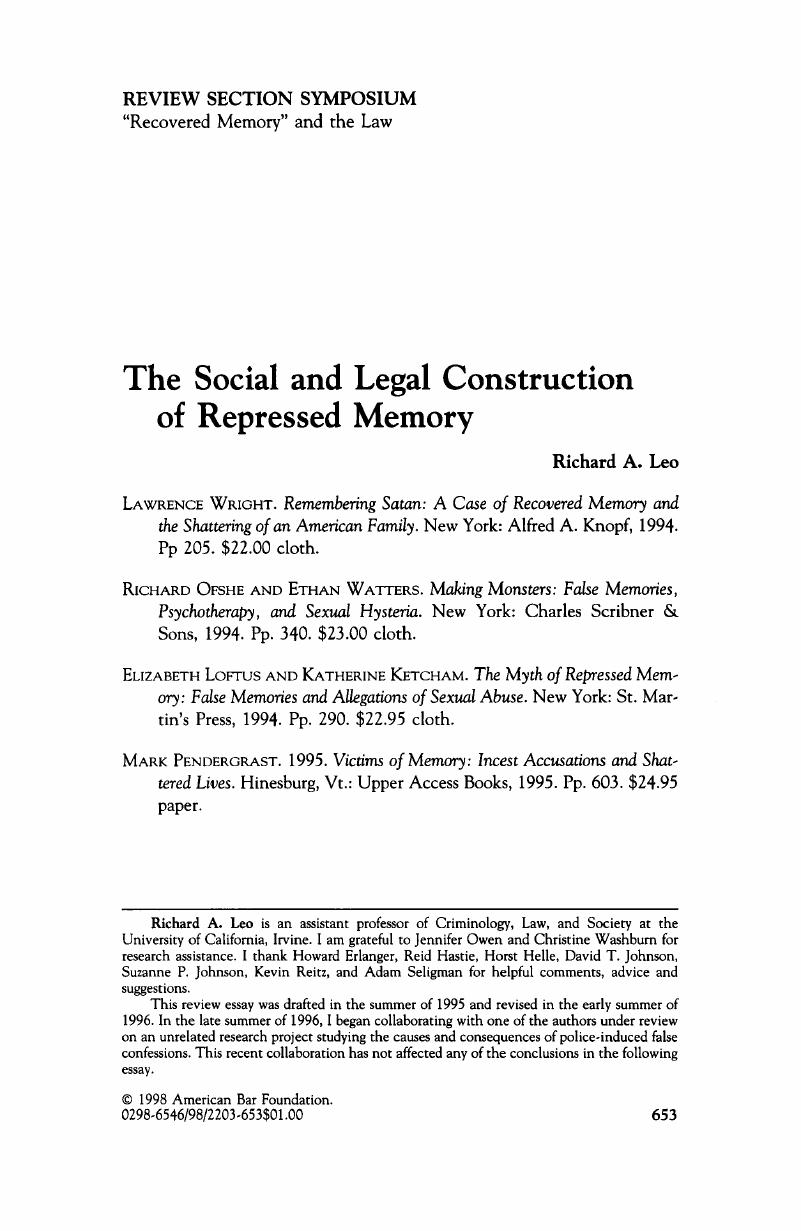Crossref Citations
This article has been cited by the following publications. This list is generated based on data provided by Crossref.
2002.
The Psychology of Interrogations and Confessions.
p.
631.
Brogdon, M. Gino
Bahri, Ritu
and
Adams, Jann H.
2004.
Handbook of Forensic Psychology.
p.
3.
Hervé, Hugues F.
Cooper, Barry S.
and
Yuille, John C.
2013.
Applied Issues in Investigative Interviewing, Eyewitness Memory, and Credibility Assessment.
p.
99.



